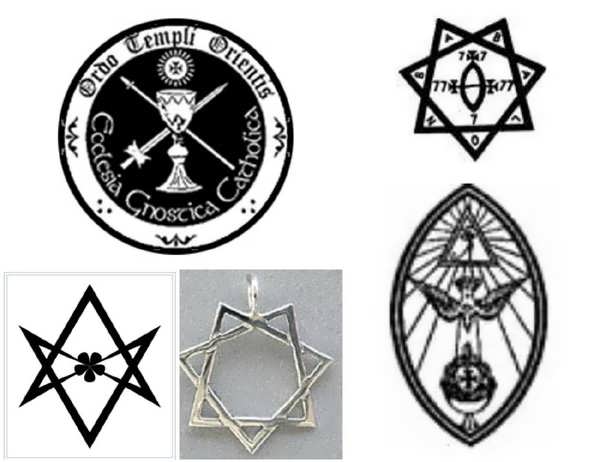Generally, Thelema symbols derive from a religion based on Thelema philosophical law. This law states that “Do what thou wilt shall be the whole of the Law. Love is the law, love under will” and was conceptualized by an English writer named Aleister Crowley in the early 1900s.
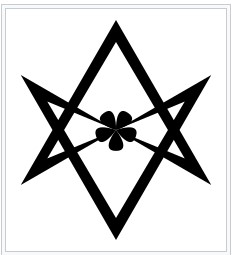
The symbol above is referred to as the Unicursal Hexagon and is the most important symbol of this religion. Though widely used by Aleister, this symbol is believed to originate in 1639, having been developed by Blaise Pascal. It represents the five elements (pentagrammatic) as well as the heavenly cosmic forces.
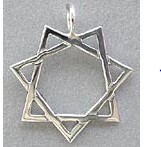
This is the Star of Babylon and is believed to be Aleistar’s personal symbol. The symbol invokes the help of angelic guardian angels from the seven planets and also symbolizes the law of Thelema. It is also known as the Seal of Babylon or the mystery of Babylon, specifically the mother of abominations. It alludes to the mystery of the mother of Abominations adulteries upon yielding herself anything that lives and becoming the partaker of its mystery.
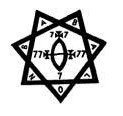
This seven-pointed star symbol is known as the Star of Babalon and was selected by Aleister Crowley to represent Babalon. Babalon is a Thelemic Goddess who personifies the Kabbalistic sphere of Binah. The seven points of these symbols symbolize the seven letters of Babalon and the seven planets, seven veils, and seven chakras.

This stylized version is the seal of the College of Thelema. It was once the personal symbol of the college of Thelema founder Phylis Seckler before it became adopted as the official seal. Its representation is borrowed from the Lamen of Martinists, where the Eye of Horus replaces the letter yod in the triangle. The dove and chalice, on the other hand, are borrowed from Christianity and they symbolize the descent of the b Holy Spirit as well as a chalice that contains the sacrament of the mass.
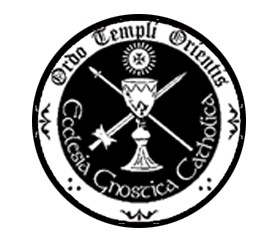
Lastly, the symbol above is known as the Ecclesia Gnostica Catholica, which represents the international fraternal initiatory organization devoted to promulgating the Law of Thelema. The key function of this symbol is the performance of the Gnostic Mass 9public and private) which is a Eucharistic ritual that was conceptualized by Crowley in 1913.

